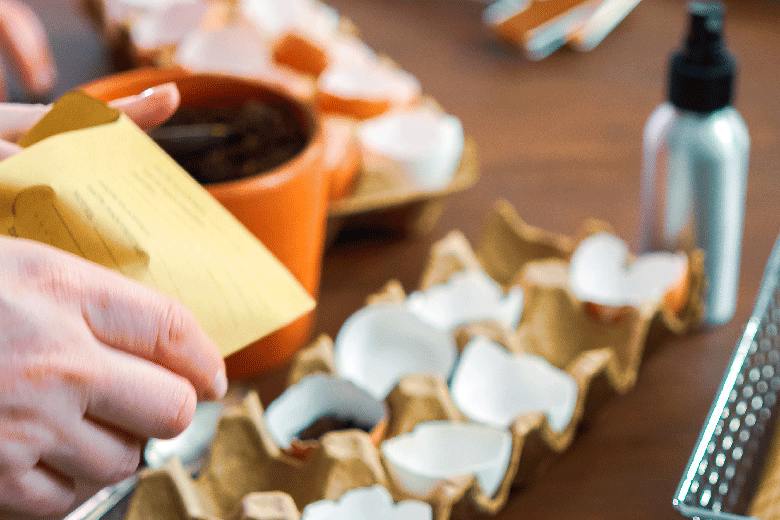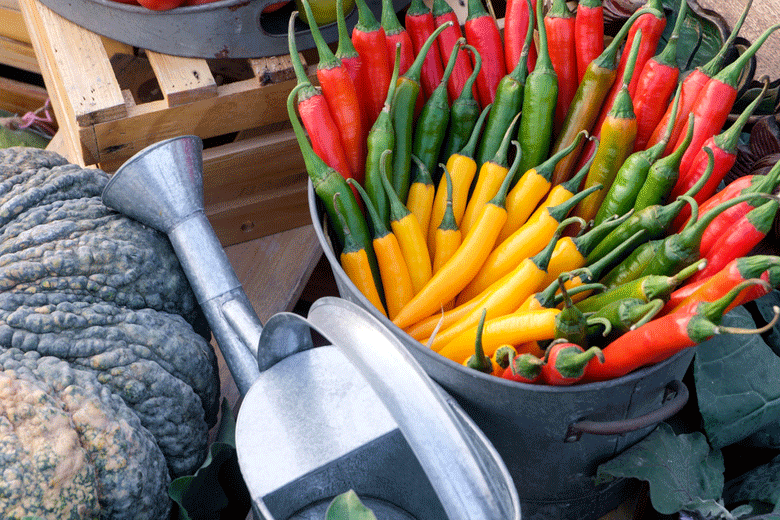Preparing for 2022
In a previous post, I mentioned that I would separate the healthy from the unhealthy in the seedlings I started last year. What I forgot to mention is that I also overwintered some plants. Some of these plants have done worse than the others. I have had a couple die on me. This is something that always happens with overwintering. It’s a delicate balance. Some plants make it through the winter, and others seem to start withering . Before you know it, they are suddenly gone. It’s just the way it is 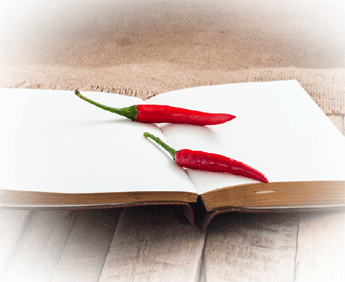
It is always best to look at the bright side, though. I will still have some overwintered plants that will make it through, and in the main, my seedlings that I started last year are doing well. So the season is off to a good start. All I now need to do is prepare for the seed starting. I begin in a week. Chilli season for the Chilli Workshop starts on the fifteenth of January this year.
To grow Chillies successfully requires a strategy. This strategy should be in place not only at the beginning of the season, but even before. Which varieties to plant needs to be considered, when to plant them, and many other things thought through before a hand is even laid on the seeds. Preparation for growing Chillies is essential.
Last year, I spent a lot of time developing my knowledge of growing Chillies by doing research and trialling new ways of doing things. This year, I want to use all my newly acquired knowledge to get excellent results. Part of this will be trying things I have never done before, and other elements I have tried and already had success with. Some of this will already be put to work in my preparation for the 2022 growing season.
What preparation needs to be done?
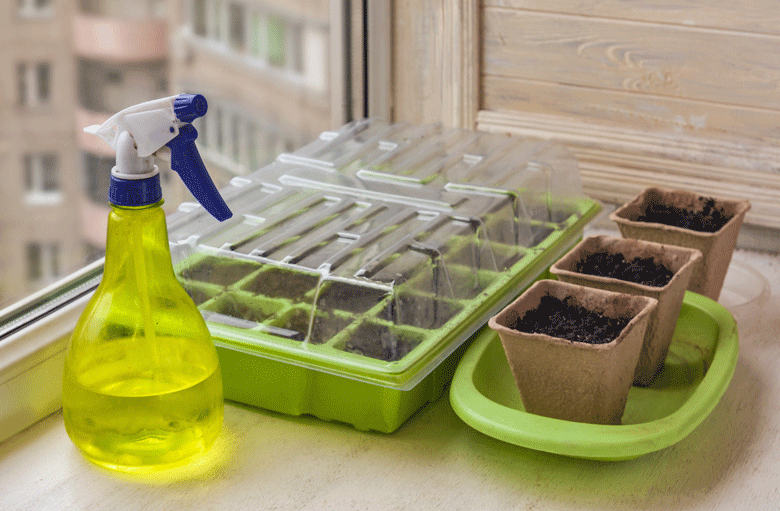 Getting the basics right
Getting the basics right
The first thing in my preparation for growing Chillies this season is to ensure that all my seed starting equipment is thoroughly cleaned. This equipment includes my propagators, seed trays, spray bottles and utensils I use for mixing the seed starting mix
To do this, I will fill the kitchen sink with hot, soapy water and give the kit a thorough washing. I will then rinse the soap off with clear water and let the equipment dry. This is an essential first step. I don’t want to carry over any nasties from one seed starting to the next.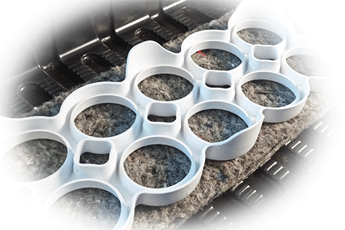
The next thing I will do is prepare the seedling starting containers. This year, I will use eggshells again. I will prepare them in the same way I did with my Rocotos. However, one minor modification is that I will use plastic egg holders on capillary matting instead of cardboard egg trays. The cardboard seed trays worked well. However, I found they absorbed quite a bit of water. My concern with this was that the environment with all this extra moistness in a heated propagator could be inviting pathogens. This is something I wish to avoid, so I will use the plastic egg holder method instead
I will also ensure the capillary matting I use is cut to shape. The capillary matting I use will be new and not previously used. It is not wise to reuse capillary matting for more than one seed starting, as there is always the possibility that it may contain pathogens that can be transmitted to your new seedlings. I did not have any serious problems with the seed starting for the superhots I started last year, but I am still not taking any chances in this area. It’s just not worth it!
Identity markers
 Tagging seedlings
Tagging seedlings
With this done, all I will need to do before actually handling the seeds is prepare my seed markers. One of the problems I have found with starting seeds in eggshells is that it becomes difficult to place tags. I usually use reusable plastic markers that I label with a LetraTag® printer. These markers are, however, quite big. I find that unless you can wedge them in next to the shells, they fall all over the place. It becomes a nightmare.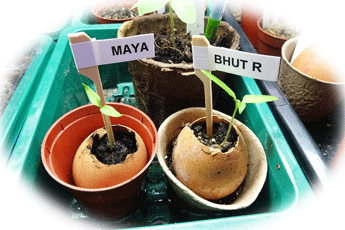
So I came up with a new idea. I now use finger food skewers with a flattened base to identify the seedlings. First, I print self-adhesive tags that indicate the variety. These get wrapped around the flattened base of the food skewer. After that, it is simply a matter of placing the labelled skewers directly into the seed-starting mix in the eggs. It works like a charm!
That having been done, the real countdown to seed starting will begin. Four days before planting the seeds, I will place the seeds into the deep freeze in the refrigerator. I will then remove them and soak them in weak room temperature Camomile tea for twelve hours. The freezing will trick the seed into believing it’s winter, while soaking the seeds in the tea will make them think that spring has arrived. The arrival of spring means one thing to seeds. It is time to sprout.
Final note
Once all the preparation for growing Chillies has been done, the seeds will need to be sown into the eggshells. This year, I will use the new seed starting mix I developed. Initial indications are that the new mix works well. The eggshells will be placed on the capillary mats in heated propagators, and it will then be onto the next stage. That, however, is the subject of another post

